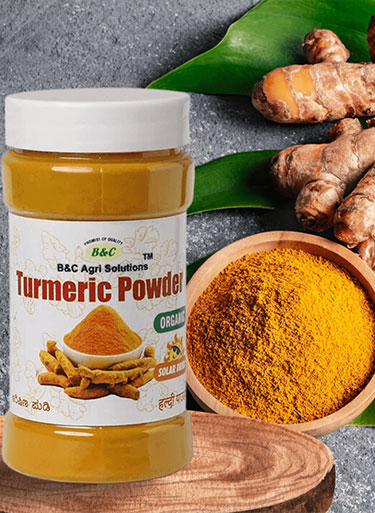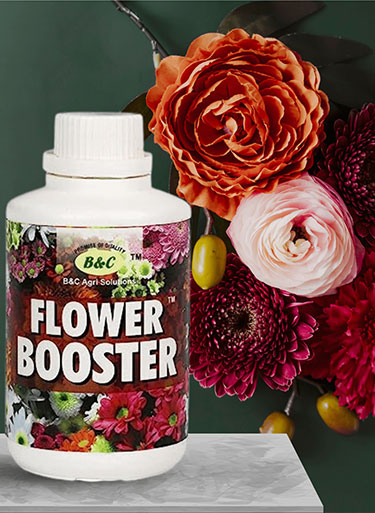For every home gardener, few things are as disheartening as watching a once-thriving plant slowly wither. Yellowing leaves, stunted growth, or root rot — they all point to a deeper problem: neglected nutrition and stress management. And while many rush to replace dying plants, few realise how much that actually costs compared to simply preventing the issue in the first place.
Let’s take a closer look at the real economics of home gardening in India — and why a small investment in a product like Vitachat KICK START can save not only your plants but also your pocket.
The True Cost of Losing a Plant
A healthy flowering or indoor plant in India can cost anywhere between ₹150 to ₹600, depending on size and species. Add to that:
- Soil mix and potting material:₹100–₹200
- Fertiliser and basic care products:₹100–₹300
- Water and maintenance effort:countless hours of care
If the plant falls sick or dies prematurely — due to nutrient deficiency, transplant shock, or pest damage — the total replacement cost can easily exceed ₹700–₹1,000. Multiply that by a few plants, and your “small balcony garden” can turn into an expensive project rather quickly.
The hidden cost isn’t just money — it’s also time, effort, and the emotional investment you’ve put into your plants.
The KICK START Difference: Prevention Over Cure
Vitachat KICK START is designed to do exactly what its name suggests — jumpstart plant health from the root up. It blends natural bio-nutrients, amino acids, and organic stimulants that help plants recover from stress, absorb nutrients more efficiently, and develop stronger roots and leaves.
When used regularly, even in small doses, it helps plants resist diseases, tolerate seasonal stress (especially heat and humidity), and grow faster and healthier.
A single bottle of KICK START (around ₹350–₹450) can last for weeks or even months, depending on your garden size. When you compare that to losing even one healthy plant worth ₹700+, the cost-benefit becomes clear:
One bottle = protection for your entire garden.
Budget Breakdown for a Smarter Home Garden
Here’s what a monthly plant care plan might look like for an average Indian home garden with 10–15 plants:
|
Category |
Traditional Care |
With KICK START |
|
Fertiliser & Additives |
₹300–₹500 | ₹350 (KICK START covers nutrition + recovery) |
|
Plant Replacement (2 sick plants) |
₹1,200 |
₹0 (healthy plants retain longevity) |
|
Pesticide Treatment |
₹150–₹200 |
Minimal (boosted immunity reduces pest issues) |
| Total Estimated Monthly Cost | ₹1,650+ |
₹350–₹450 |
That’s a savings of nearly ₹1,000 per month, plus the peace of mind that your plants are naturally stronger.
The Vitachat Perspective: Invest in Plant Health Early
Just like humans benefit from preventive nutrition, plants thrive when you support them before they fall sick. KICK START helps your green companions grow stronger roots, develop lush foliage, and recover quickly from environmental stress — ensuring your garden remains vibrant year-round.
Instead of replacing weak plants, invest in their health. A single bottle of KICK START can protect your entire home garden — proving that the smartest garden expense is the one that prevents loss, not replaces it.



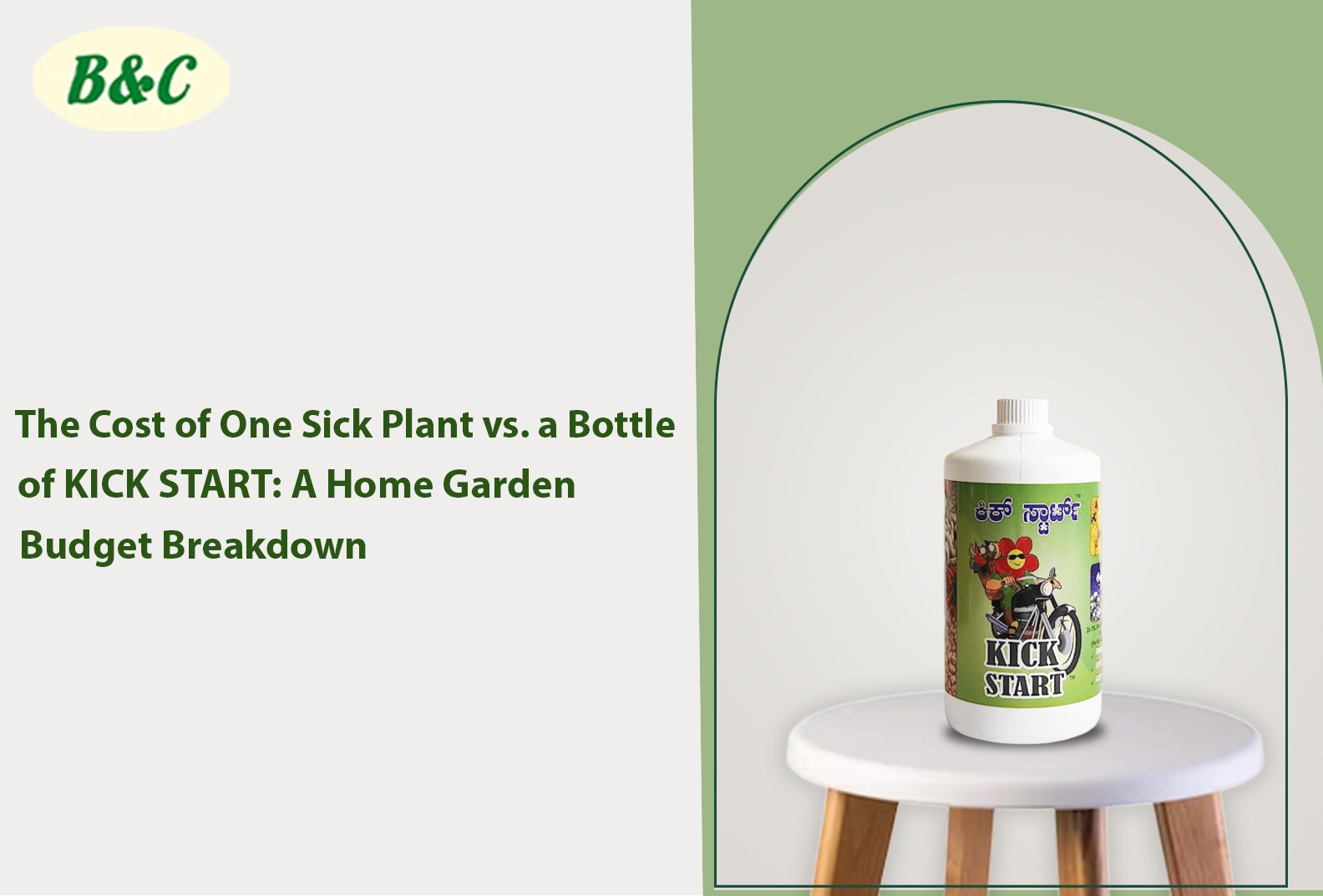
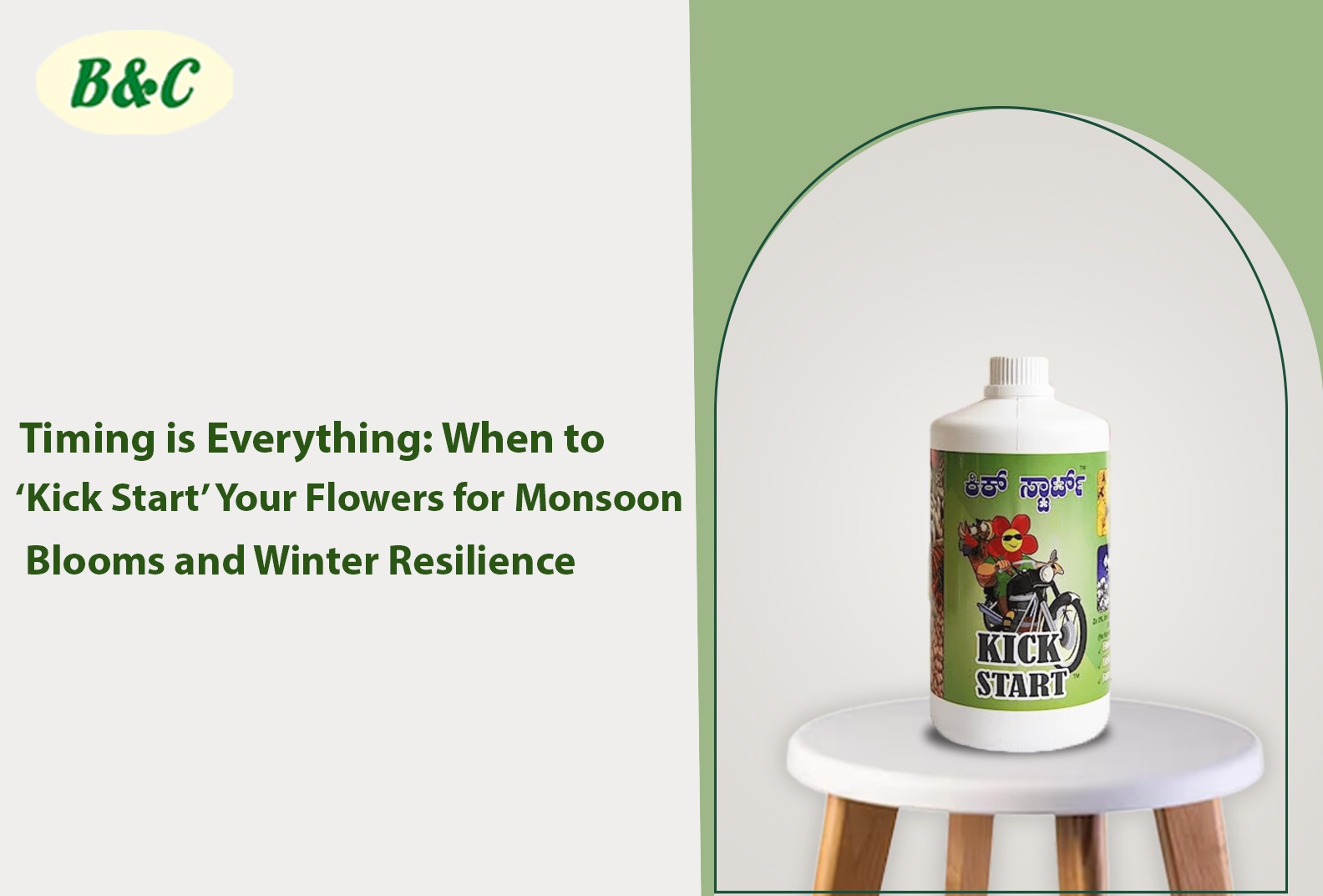
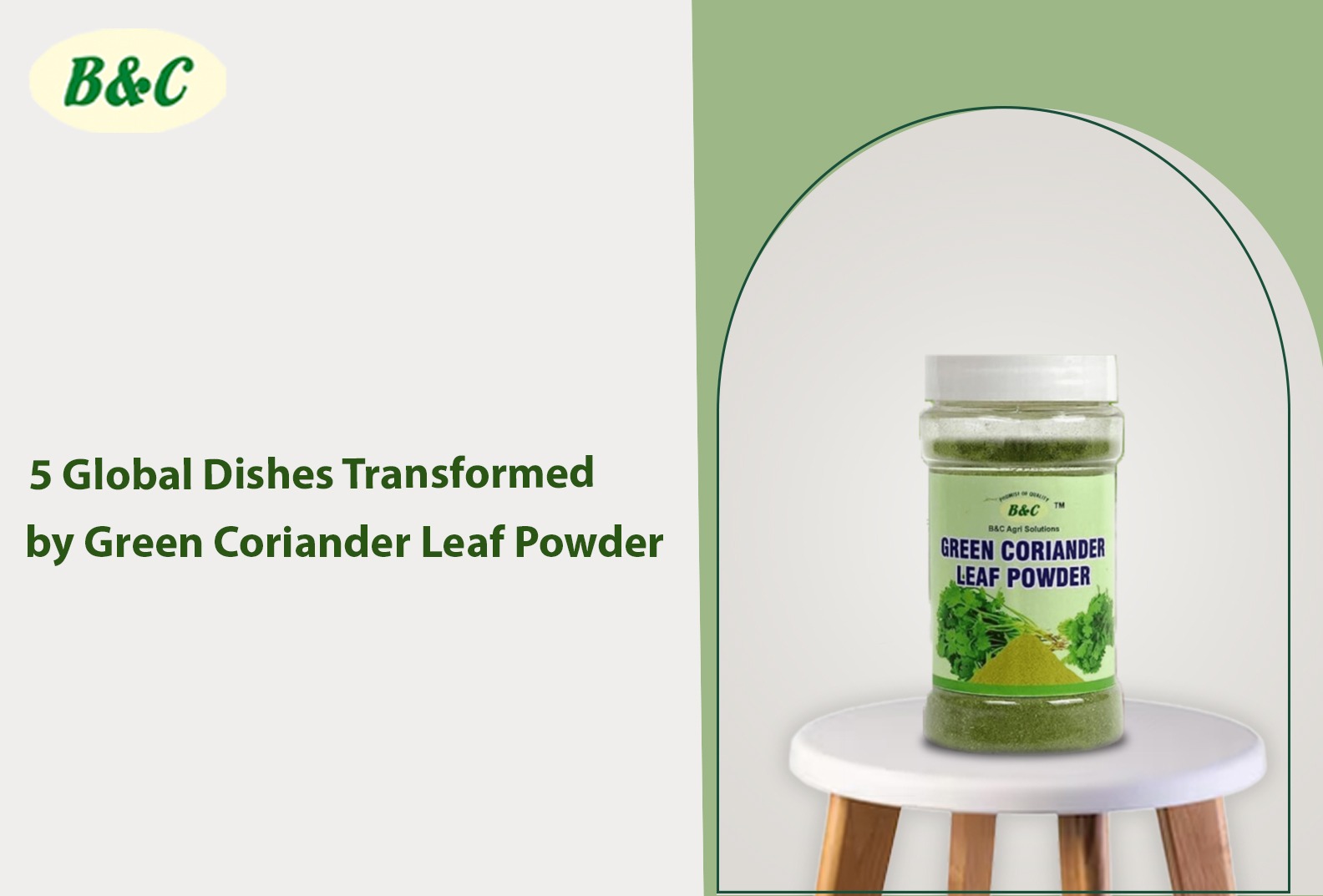
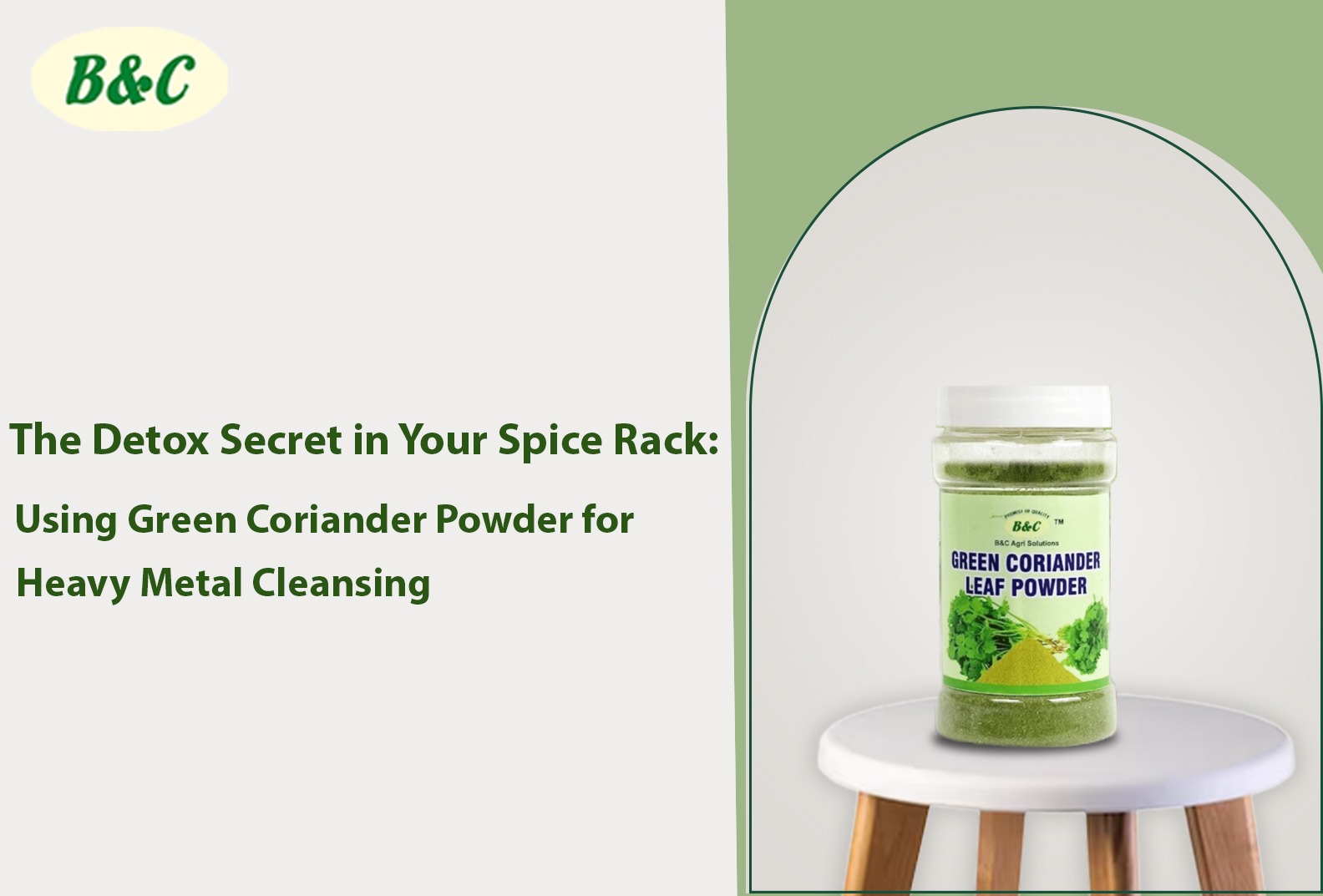

 vitachatorganic
vitachatorganic

